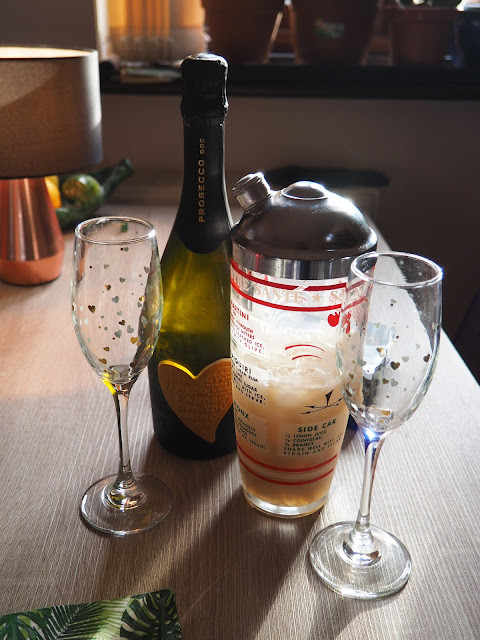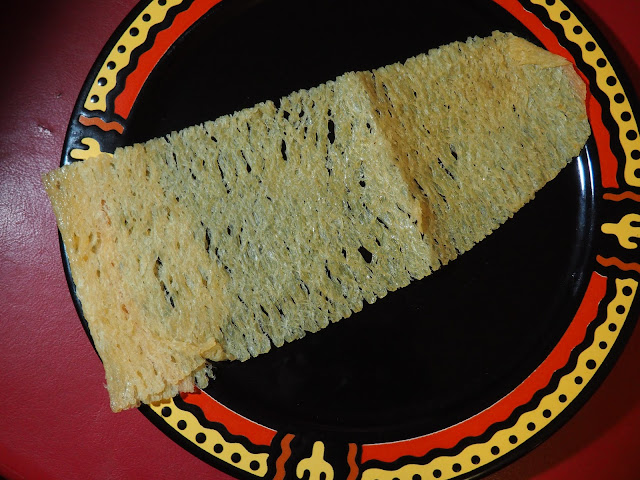If it’s a Sunday afternoon and a man is in possession of sherry, gin, prosecco, an egg, and a copy of The Savoy Cocktail Book, there’s nothing to stop him following the recipe for a White Slave cocktail, a drink that wasn’t in the original 1930 edition, but can be found in the 1965 version.
The instructions say use equal quantities of sherry, gin, prosecco, and the white of an egg, and then ‘Shake well in ice and strain into a medium-size glass.’
Well, this is madness of course. Shake prosecco ‘in ice’ and you’ll get an exploding torrent of prosecco. So I shook the other ingredients and added the fizz at the end, which any sane person would do.
It wasn’t bad at all, if not especially enslaving. However, and this is something I don’t say very often, it could have used a little bit of sweetness, no doubt from the sherry. I used amontillado – partly in honour of Edgar Allan Poe - but I might have used something less dry.
I don’t suppose white slavery is better or worse than any other kind of slavery, but – while being very respectful - I did give a thought to Tom Bullock, the legendary black bartender at the St Louis Country Club, in Missouri, not a slave at any time as far as we know, but author of The Ideal Bartender, published in 1917, 13 years before the first Savoy Cocktail Book. I wondered whether he gave a recipe for a White Slave – but no. It would have been very surprising if he had.
His book however does have a recipe for the Diarrhea Draught (which I must say I read at first as Diarrhea Delight, but that's me all over): and I suppose it's a cure rather than a cause of diarrhea, but I haven’t made one as yet so I can't be absolutely sure.




































